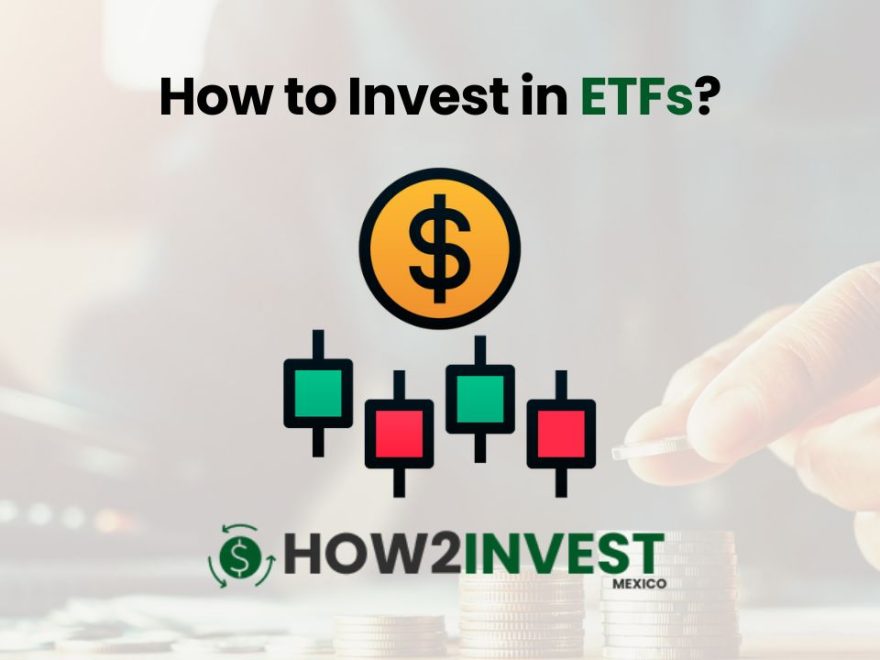Investing can seem like a daunting task, especially when you’re just starting out. But with the right knowledge and tools, it can become a rewarding endeavor. One such tool is Exchange-Traded Funds (ETFs), a type of investment fund and exchange-traded product, traded on stock exchanges.
ETFs are an excellent way to diversify your portfolio, but how do you get started? That’s where we come in. At How2Invest, we aim to simplify the investment process for you. In this comprehensive guide, we will walk you through the steps on how to invest in ETFs.
Understanding ETFs:
ETFs are funds that track indexes like the NASDAQ-100 Index, S&P 500, Dow Jones, etc. When you buy shares of an ETF, you are buying shares of a portfolio that tracks the yield and return of its native index. The main difference between ETFs and other types of index funds is that ETFs don’t try to outperform their corresponding index, they simply replicate its performance. They combine the diversification of mutual funds with the flexibility of stocks, offering the best of both worlds.
Why Invest in ETFs:
ETFs offer a multitude of benefits for both novice and experienced investors. They provide a low-cost way to diversify your portfolio and reduce risk. ETFs are also very flexible, as they can be bought and sold throughout the trading day at prices that change in real-time. This is unlike mutual funds, which can only be bought or sold at the end of the trading day at a fixed price. Furthermore, ETFs are more tax-efficient than mutual funds due to their unique structure.
How to Invest in ETFs:
Identify Your Investment Goals: Your investment goals will determine your investment strategy.
Choose the Right ETF: It’s important to choose an ETF that aligns with your investment goals and risk tolerance.
Open a Brokerage Account: To buy ETFs, you will need to open a brokerage account.
Buy the ETF: Buying an ETF is as simple as entering the ticker symbol of the ETF, the number of shares you want to buy, and the order type.
Monitor Your Investment: After you’ve bought the ETF, it’s important to monitor your investment.
Types of ETFs:
There are several types of ETFs available, each with its own unique characteristics and investment strategies. These include Market ETFs, Sector and Industry ETFs, Bond ETFs, Commodity ETFs, and International ETFs.
Risks of Investing in ETFs:
While ETFs offer many benefits, they also come with risks that investors should be aware of. These include Market Risk, Liquidity Risk, and Tracking Error.
Tips for Investing in ETFs:
Here are some tips to help you get started with investing in ETFs: Diversify Your Portfolio, Understand What You’re Investing In, Consider the Costs, and Rebalance Regularly.
ETFs vs Mutual Funds:
While ETFs and mutual funds may seem similar, there are key differences that investors should be aware of. These include differences in Trading, Minimum Investment, Fees, and Tax Efficiency.
Tax Implications of ETFs:
Like any investment, there are tax implications to consider when investing in ETFs. In general, you will need to pay capital gains tax when you sell an ETF for a profit. Additionally, any dividends or interest earned from the ETF are typically subject to income tax.
Common Mistakes to Avoid When Investing in ETFs:
Avoid these common mistakes when investing in ETFs: Not Understanding the ETF, Ignoring Costs, Failing to Diversify, and Chasing Performance.
Conclusion:
Investing in ETFs can be a rewarding endeavor, but it’s important to do your research and understand what you’re investing in. With this comprehensive guide from How2Invest, you’re well on your way to becoming a savvy ETF investor.
Remember, the key to successful investing is not only about choosing the right ETFs but also about being consistent and patient. Happy investing with How2Invest!

